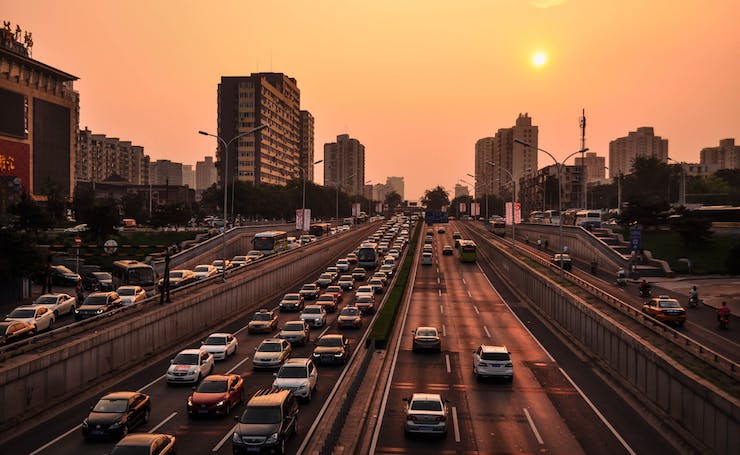Spain to Begin Using Drones to Monitor Traffic

The beginning of August marks one of the busiest travel seasons in Spain. This is the time when much of the country, along with visiting tourists, take summer holiday trips. This year the Spanish government expects to see a 1.57% increase in traffic, about 47 million automobile travelers. This poses a lot of concerns for Directorate General of Traffic (DGT) in terms of monitoring traffic offenses. To assist them in keeping an eye on traffic offenders the DGT will be using a fleet of drones.
Spain was one of the first governments to use helicopters with radar to monitor and fine drivers who were speeding along their roadways. As pioneers in the field they are also one of the first countries to so comprehensively utilize drones for a traffic program. The DGT will begin using 11 drones on August 1st, 2019 in anticipation of the mass of travelers. The drones they will be using are a collection of Phantom 2, Phantom 4 Pro, Matrice 200 and Matrice S900, all by drone giant DJI.
The cost of these drones can average $5000 each with little to no operating fees. Comparatively, Spain’s traffic helicopters cost $4 million each and $900 an hour to operate. Each operator will be trained and certified by the Spanish Meteorology Center. However, unlike the helicopters these drones will not be equipped with speed radar guns. The equipment needed to track a car’s speed from the air is simply to heavy to be supported by a drone. For that reason Spain will continue to use helicopters to monitor speed. The drones will be used to monitor other risky driving practices.
The drones will be used to take photos of drivers who are being reckless. This includes tailgating, improperly switching lanes, using a cellphone, or as in the case with motorcycles, riding two bikes next to each other in one lane. When possible, the drone pilot will notify an officer who is ahead on the roadway of the approaching offender so that they can be pulled over. Otherwise the images collected by the drones will be used to send the violation and fines to the driver at a later time. In other words, just because you didn’t get pulled over while driving through Spain you could still get a ticket based on data collected by a drone.
This new drone program will begin in the Canaries, an area of Spain that does not use helicopters to monitor traffic. They will serve as an extra means of protecting drivers and more vulnerable groups like pedestrians, bicyclists, and motorcyclists. Where the rest of the drones will be deployed to has not yet been determined. The DGT said that depending on the flow of traffic, drones will be diverted to where they are needed. Gregorio Serrano, the Director General for DGT, said, “Incorporating these unmanned devices into the DGT’s aerial surveillance services will contribute to better traffic management, greater protection for vulnerable groups, cyclists, and better service during special operations, such as MotoGP races.”
The use of drones to monitor traffic could have many benefits to the Spanish government, as well as civilians traveling through Spain. With the awareness of the drones it is hoped that people will simply be more conscientious drivers and avoid risky driving practices. This could save lives and prevent acquiring fines. As to the fines that will be handed out with the data collected by the drones, a lot of money will be paid back to the Spanish government. This money could be put to numerous state funded projects. The DGT has expressed that they would like to grow their drone operation in the future, a growth that could be financed with the fines collected this summer.
|